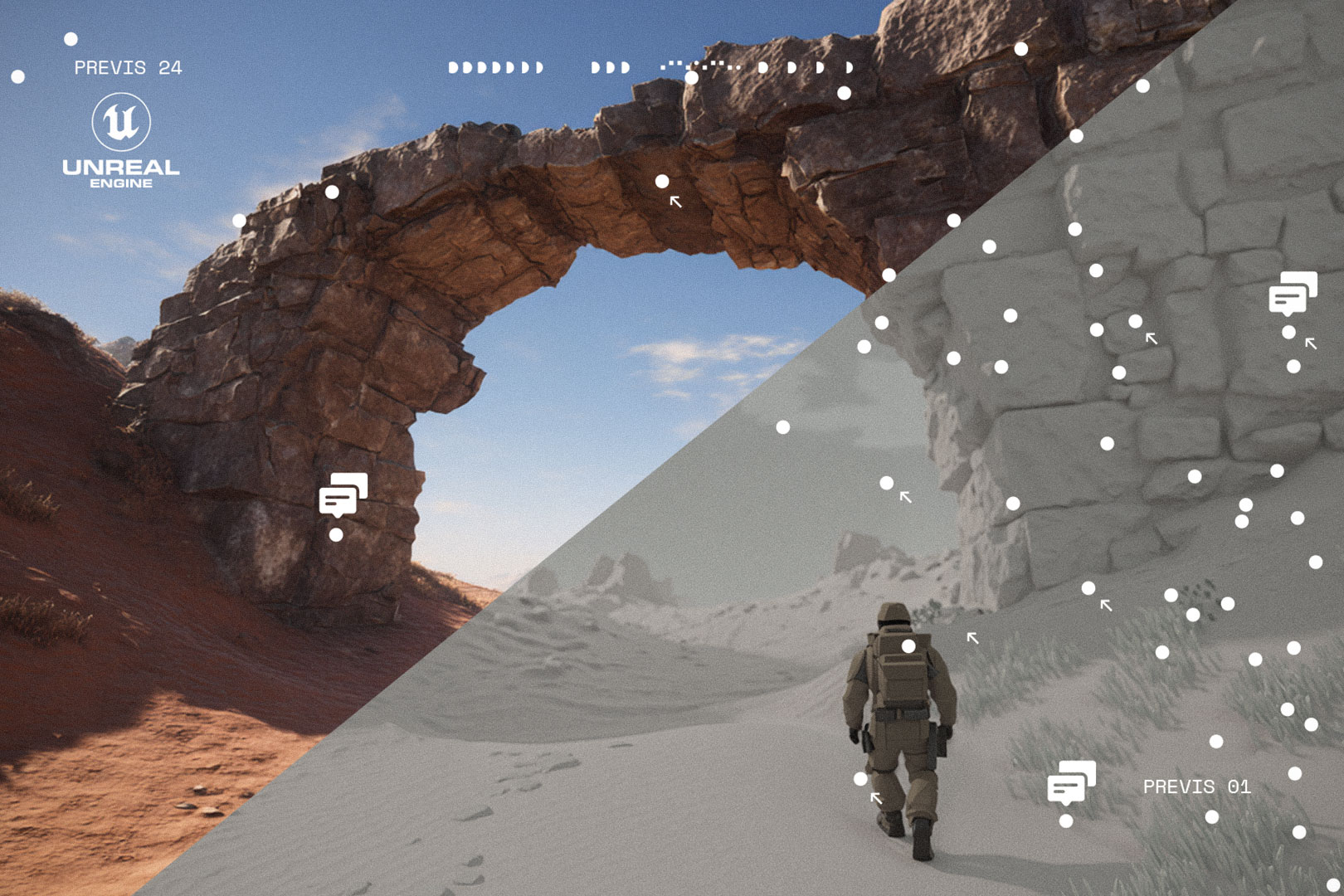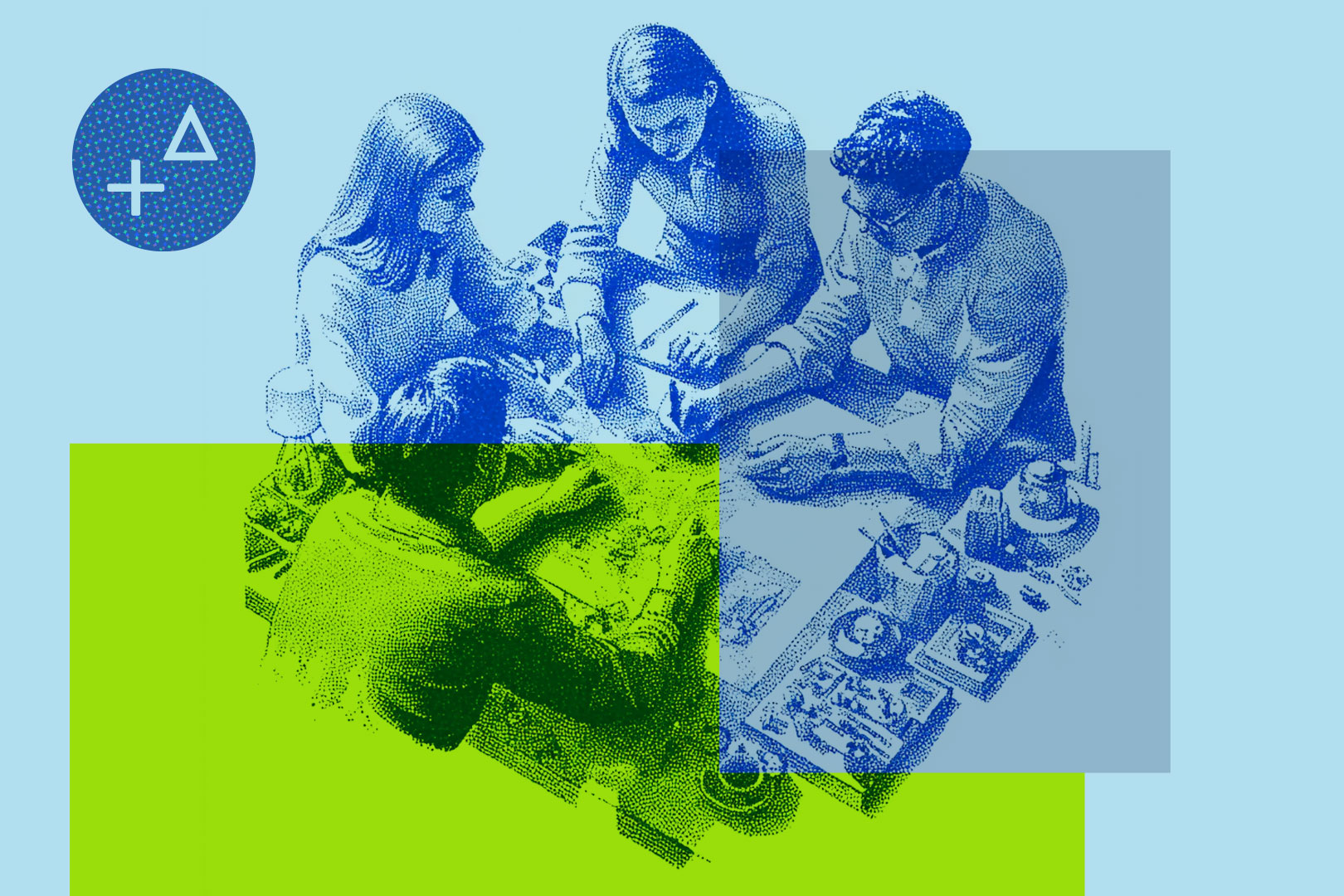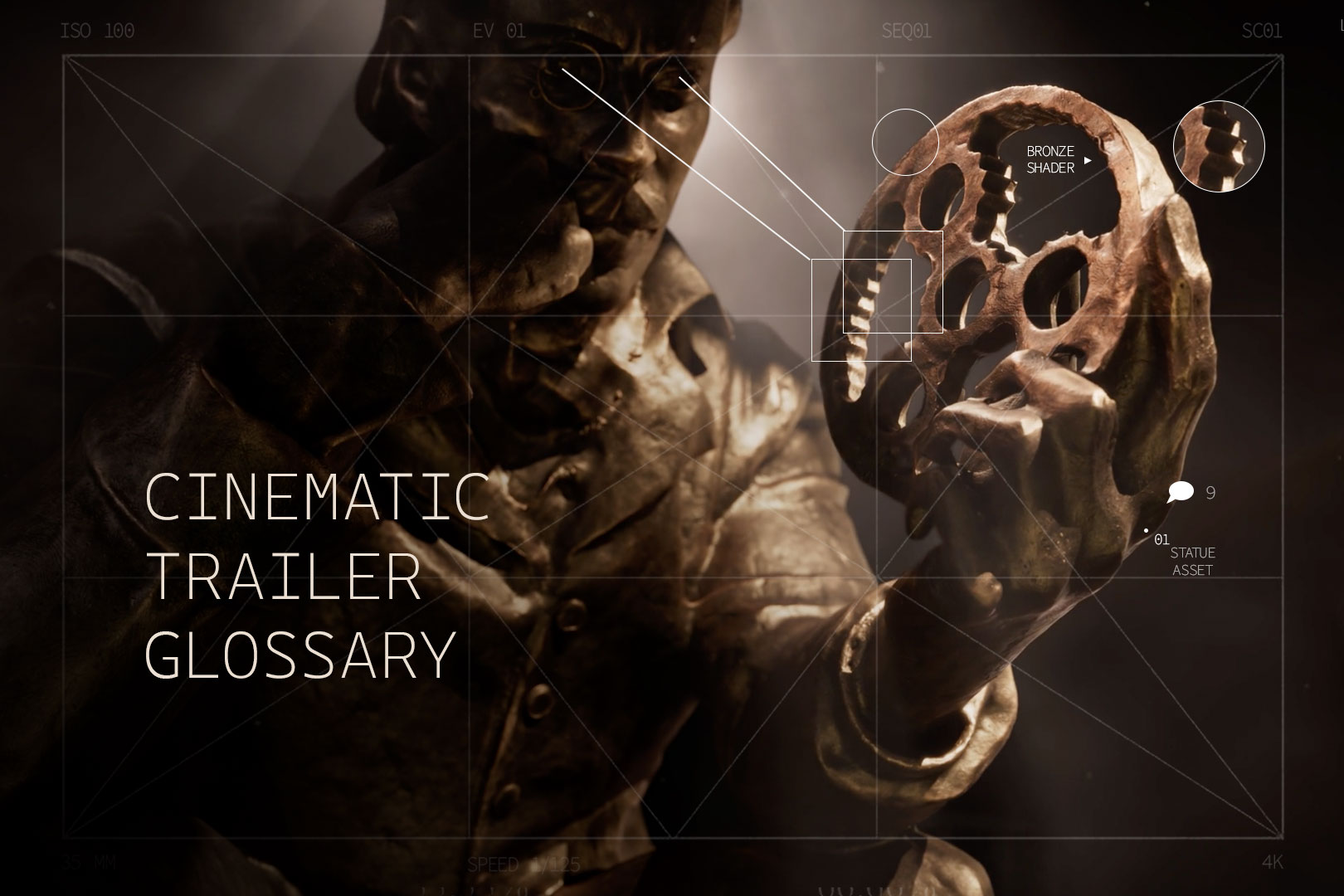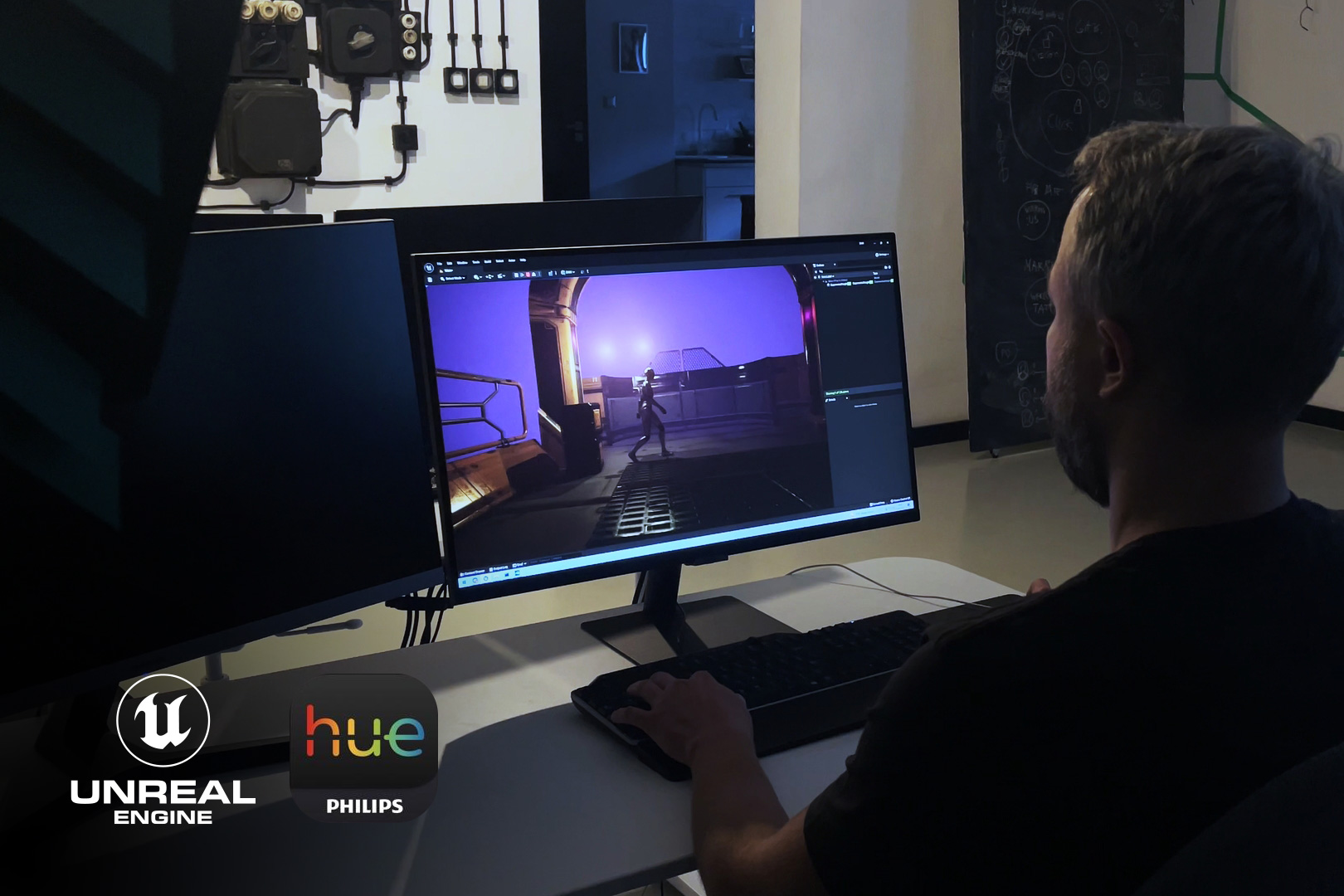Motion capture technology has taken a significant leap forward with AI-driven video-to-Mocap tools. These solutions promise faster, cheaper, and more accessible motion capture without the need for expensive suits or studio setups. But with so many options available, the key question is: Which AI mocap tool delivers the best results?
This guide compares 14 AI video-to-mocap tools, analyzing their motion quality, strengths, weaknesses, pricing, and best use cases for animation and previs.
In the video, you can watch the original test footage side-by-side with the motion capture output from each tool:
1. DeepMotion
Pros: -
Cons:
- Noticeable twitching and sliding
- Limited free version: only 25 seconds of body animation
- Paid plan starts at $15/month for 180 seconds
Verdict: It might not be the best choice for more complex animation needs.
2. Plask Motion
Pros:
- Free plan with 15 seconds of mocap per day
- Paid plan at $18/month for 10 minutes
Cons:
- Quality similar to DeepMotion with twitching and sliding
Verdict: A low-cost option for generating many short clips but limited in accuracy.
3. Cascadeur
Pros:
- Full-featured animation software
- Excellent editing and cleanup tools
Cons:
- Mocap feature loses energy and has occasional twisting or floating issues
- No finger tracking yet
Verdict: Ideal if you want to refine rough mocap data using powerful editing tools.
4. Quickmagic
Pros:
- Smooth and accurate motion
- Working finger tracking
- Affordable: $9.99/month for 150 seconds
Cons:
- Some sliding with complex poses like kneeling
Verdict: Reliable, budget-friendly option for blocking and animation foundations.
5. Move AI
Pros:
- Accurate with challenging poses
- Handles hands and knees on the ground better than most
Cons:
- Slightly more foot sliding than Quickmagic
- Higher cost than Quickmagic
Verdict: Best for high-quality motion capture if budget allows.
6. Autodesk Flow Studio
Pros:
- Free plan: 30 seconds/month
- Good quality
- Affordable
Cons:
- Camera-relative output may cause issues with moving cameras
Verdict: Solid results at low cost, especially with a static camera.
7. Mimem AI
Pros:
- Supports up to 3 cameras for higher accuracy
- Flexible with camera sync delays
Cons:
- Requires multiple cameras for good results
- Higher pricing: $25/month for one export/day
Verdict: Best suited for multi-camera setups and complex motion capture.
8. Cartwheel
Pros:
- Smooth, dynamic, and very accurate motion
- Combines video motion with text prompt animation
Cons:
- Early development, pricing not yet available
Verdict: High potential for speeding up animation workflows once fully launched.
9. Cyan Puppets
Pros:
- Free for non-commercial use
- Supports real-time streaming to Unreal Engine
Cons:
- Requires complex setup for streaming
- Output accuracy not yet production-ready
Verdict: Good for experiments or basic blocking in real-time environments.
10. Marionette
Pros:
- Runs locally on your computer - no internet required;
- Includes cleanup tools like manual foot lock editing.
Cons:
- Motion can lose dynamics, especially in the legs;
- Struggles with foot contacts;
- Free version limited to 3-second clips individually or 30 seconds total;
- Only yearly plans available, not budget-friendly.
Verdict: Great for users wanting offline control, similar to Cascadeur’s editing focus
11. Radical
Pros:
- Very smooth animations with excellent foot contacts;
- One hour of mocap processing included for free.
Cons:
- Motion sometimes feels too smooth, losing some energy;
- Only one free export per year;
- $20/month subscription cost.
Verdict: High-quality results but expensive and with strict free limits.
12. Meshcapade
Pros:
- Exceptional animation quality, dynamic and accurate foot locks;
- Plugins for Unreal Engine and other software make editing and retargeting easy.
Cons:
- Limited free plan (2 videos);
- Subscription starts at €99, the highest among all tested tools.
Verdict: Matches or surpasses top performers like Move AI and Quickmagic in quality but at a premium cost.
13. Uthana
Pros:
- Completely free during early access;
- Supports text-to-animation prompts;
- Overall decent quality.
Cons:
- Poses can look slightly unnatural;
- Confusing user experience — processing status only sent via email,
Verdict: Promising tool with unique features, though still in early development.
14. Rokoko Vision
Pros:
- Free, supports dual-camera setups;
- From a company known for professional mocap hardware.
Cons:
- Output can be shaky and jumpy;
- Quality not yet at a professional level.
Verdict: Budget-friendly option, similar to Plask and CyanPuppets, with the advantage of dual-camera support.
Best AI Video-to-Mocap Tool in 2025
- For budget users: Quickmagic and Autodesk Flow Studio offer the best balance of cost and quality with affordable plans and free tiers. Plask Motion, Cyan Puppets, and Rokoko Vision also provide free access for simple tests or small projects, though with lower output quality.
- For high-quality motion: Move AI delivers the most accurate motion capture for complex poses. Meshcapade offers top-tier quality with Unreal Engine plugins and professional editing support, while Radical produces smooth motion at a higher cost but with limited free usage, and Cartwheel combines quality mocap with written prompts.
- For editing workflows and offline control: Cascadeur provides powerful editing tools for refining animations after capture. Marionette allows local processing without internet access, with manual cleanup features like foot lock editing for full offline control.
- For experiments: Cyan Puppets integrates with Unreal Engine in real time for quick prototyping. Uthana is free during early access and offers text-to-animation capabilities for creative tests and workflows.
Conclusion
The best AI video-to-mocap tool depends on your budget, animation complexity, and workflow needs. Affordable options like Quickmagic, Autodesk Flow Studio, and Plask Motion work well for blocking and previs, while Move AI, Meshcapade, and Radical deliver the highest quality for demanding projects. For those who want full editing control or offline processing, Cascadeur and Marionette remain top choices. Meanwhile, tools like Cyan Puppets, Uthana, and Rokoko Vision offer real-time, experimental, or dual-camera features, and Cartwheel points toward the future of text-to-animation workflows.
If you're looking to bring your animation ideas to life, at TATO we specialize in creating high-quality animations and can help integrate the right mocap solutions into your project. Get in touch to see how we can support your production needs.







